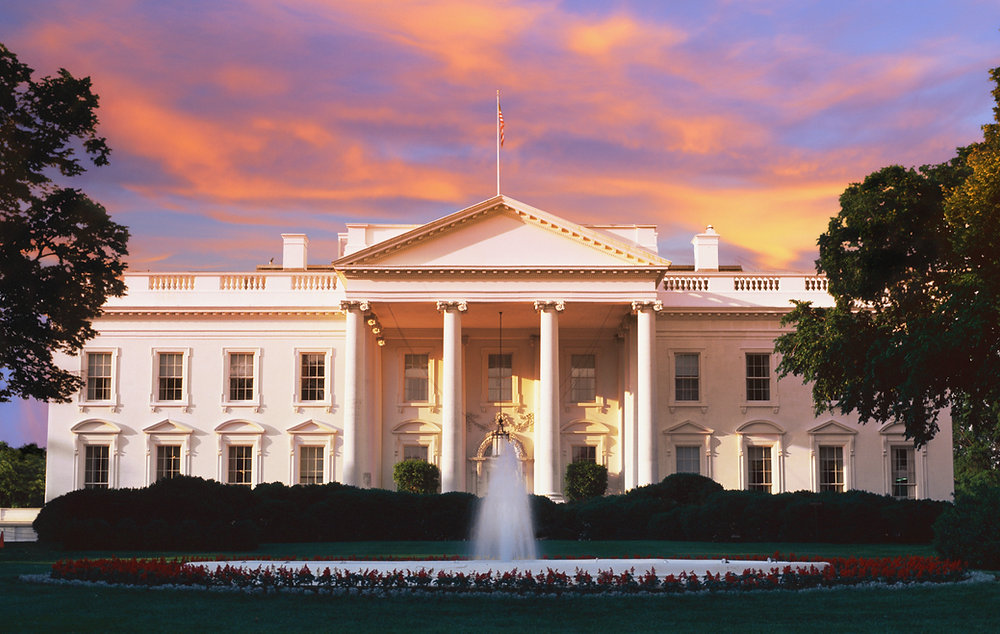
In January 2025, President Donald Trump issued an executive order suspending the disbursement of funds from the Inflation Reduction Act (IRA) and the Infrastructure Investment and Jobs Act (IIJA). This move halted billions of dollars in clean energy grants and contracts. However, in a significant legal turn, a federal judge has since ordered the Trump administration to reinstate the frozen funds. The ruling ensures that clean energy initiatives, including solar installations, once again have access to federal support.
Despite these funding disruptions, the federal solar tax credit under Trump—officially known as the Residential Clean Energy Credit and the Investment Tax Credit (ITC)—remains unaffected. These incentives continue to offer a 30% tax credit on eligible solar energy systems and are protected by law, independent of executive actions.
Historical Context of the Trump Solar Tax Credit
The solar tax credit under Trump reflects a rare example of bipartisan support for clean energy policy that has persisted across multiple administrations. The Investment Tax Credit was enacted in 2005 under President George W. Bush as part of the Energy Policy Act. Initially set to expire after two years, it has since been extended several times, including during President Obama’s and President Trump’s first terms.
During Trump’s first term, the solar tax credit remained in place as originally legislated. Although the Trump administration did not prioritize expanding renewable energy programs, it did not repeal or reduce the ITC. In fact, the 2020 bipartisan spending and COVID-19 relief bill included a two-year extension of the solar ITC, delaying the phasedown that was originally scheduled. This bill was signed into law in December 2020, during the final weeks of Trump’s first term.
Now, during Trump’s second term, the solar tax credit Trump administration policy remains intact in 2025—largely because it is a statutory tax credit that cannot be changed or repealed through executive order. While broader clean energy funding from the Inflation Reduction Act (IRA) has faced challenges under Trump, the 30% federal solar tax credit continues to support residential and commercial solar installations.
Legal Context: What Happened and Why It Matters
Executive Order Freezing Clean Energy Funding
The January 2025 executive order directed federal agencies to pause all funding programs under the IRA and IIJA for a 90-day review. This included grants, loans, contracts, and cooperative agreements targeting solar, electric vehicle infrastructure, and environmental justice programs. The stated purpose was to align these programs with the administration’s energy priorities, which emphasize domestic fossil fuel production.
Court Intervention and Preliminary Injunction
On April 15, 2025, U.S. District Judge Mary McElroy issued a nationwide injunction requiring agencies to resume disbursement of previously appropriated funds. The decision was in response to a lawsuit from environmental and public policy groups who argued that the freeze lacked legal authority. Judge McElroy emphasized that federal agencies do not have the unilateral power to block congressional mandates, stating that the executive branch cannot “hamstring in perpetuity two statutes passed by Congress during the previous administration.”
Current Status of the Solar Tax Credit Under Trump
Solar Tax Credit Unaffected by Executive Action
Despite the funding freeze, the 30% solar tax credit under Trump remains fully in place. This includes the Residential Clean Energy Credit for homeowners and the ITC for businesses. These tax credits are statutory, meaning they were passed by Congress and cannot be altered or eliminated by executive order.
Why the Solar Tax Credit? Trump Administration Couldn’t Change It
While the Trump administration has taken steps to reevaluate or pause clean energy funding, it has not—and legally cannot—change existing federal tax credits without congressional approval. As a result, the solar tax credit under Trump remains a key tool for encouraging residential and commercial solar energy adoption.
2025 Solar Tax Credit: Trump Administration Overview
Continued eligibility for residential and commercial solar
Under the current policy framework, the solar tax credit under Trump remains in full effect for 2025. Known as the Residential Clean Energy Credit and the Investment Tax Credit (ITC), these incentives allow eligible homeowners and businesses to deduct 30% of the cost of installing solar energy systems from their federal taxes. This applies to both residential and commercial installations.
Qualifying systems include:
Importantly, there is no cap on the amount you can claim, and the solar tax credit under Trump covers both the cost of equipment and installation. This makes the solar tax credit policies a crucial support mechanism for those transitioning to renewable energy, especially in a time of fluctuating funding and evolving federal energy priorities.
Even as other funding streams from the Inflation Reduction Act face temporary suspensions or legal challenges, the solar tax credit’s foundation in statute means it cannot be eliminated by executive order. This provides legal durability and financial reliability for consumers and solar installers alike.
Popular uses of the tax credit
The solar tax credit 2025 is being actively used across the country to support a wide range of clean energy investments. Among the most common applications:
-
Residential rooftop solar systems – The most popular use of the credit, homeowners reduce upfront costs while locking in long-term utility savings.
-
Solar batteries – When paired with solar panels, battery systems like the Tesla Powerwall, LG Chem, or Enphase IQ Battery qualify for the credit. This is increasingly important for energy resilience and time-of-use savings.
-
Commercial solar installations – Businesses can leverage the Investment Tax Credit for larger systems, including those on office buildings, warehouses, farms, and retail locations.
Despite broader shifts in federal energy policy, the solar tax credit under Trump has remained one of the most important tools for accelerating solar adoption. It provides certainty for solar customers and companies at a time when other federal programs may be paused or restructured.
Here’s an expanded version of your FAQ section with approximately 3 simple sentences per answer and incorporating your keywords:
FAQ Section on the Trump Solar Tax Credit
The following answers address key concerns about the solar tax credit under Trump and their impact on homeowners and businesses.
Is the Trump solar tax credit the same as previous administrations?
Yes, the Trump solar tax credit maintains the same core 30% rate established under previous administrations. The fundamental structure of the solar tax credit Trump policies has remained stable despite changes in leadership. Some related clean energy funding programs have been modified under the current administration, but the tax credit itself continues unchanged.
How long will the solar tax credit under Trump remain in effect?
The Trump solar tax credit will remain at the full 30% rate through 2032 under current legislation. After that period, the solar tax credit Trump benefits will gradually step down to 26% in 2033 and 22% in 2034. The credit is scheduled to expire completely for residential systems in 2035, though commercial systems will maintain a permanent 10% credit.
Can the solar tax credit be combined with other incentives?
The Trump era solar tax credit can be combined with numerous state and local incentives to maximize your savings. Many homeowners use the solar tax credit Trump benefit alongside utility rebates, property tax exemptions, and net metering programs. This strategic layering of incentives can significantly reduce the overall cost of a solar installation and improve the return on investment.
Does the executive order affect existing solar tax credit claims?
The executive order has no impact on the Trump solar tax credit for either existing or new solar installations. Your ability to claim the solar tax credit Trump administration maintains is protected by congressional legislation. The tax credit remains fully available at 30% regardless of changes to other federal clean energy programs.
About GreenLancer
GreenLancer was created to empower solar energy contractors with the expertise required to overcome solar permitting and interconnection obstacles, accelerating the deployment of clean energy infrastructure. Create a GreenLancer account to begin shopping for solar design and engineering services, or complete the form below for more information.
Source link

